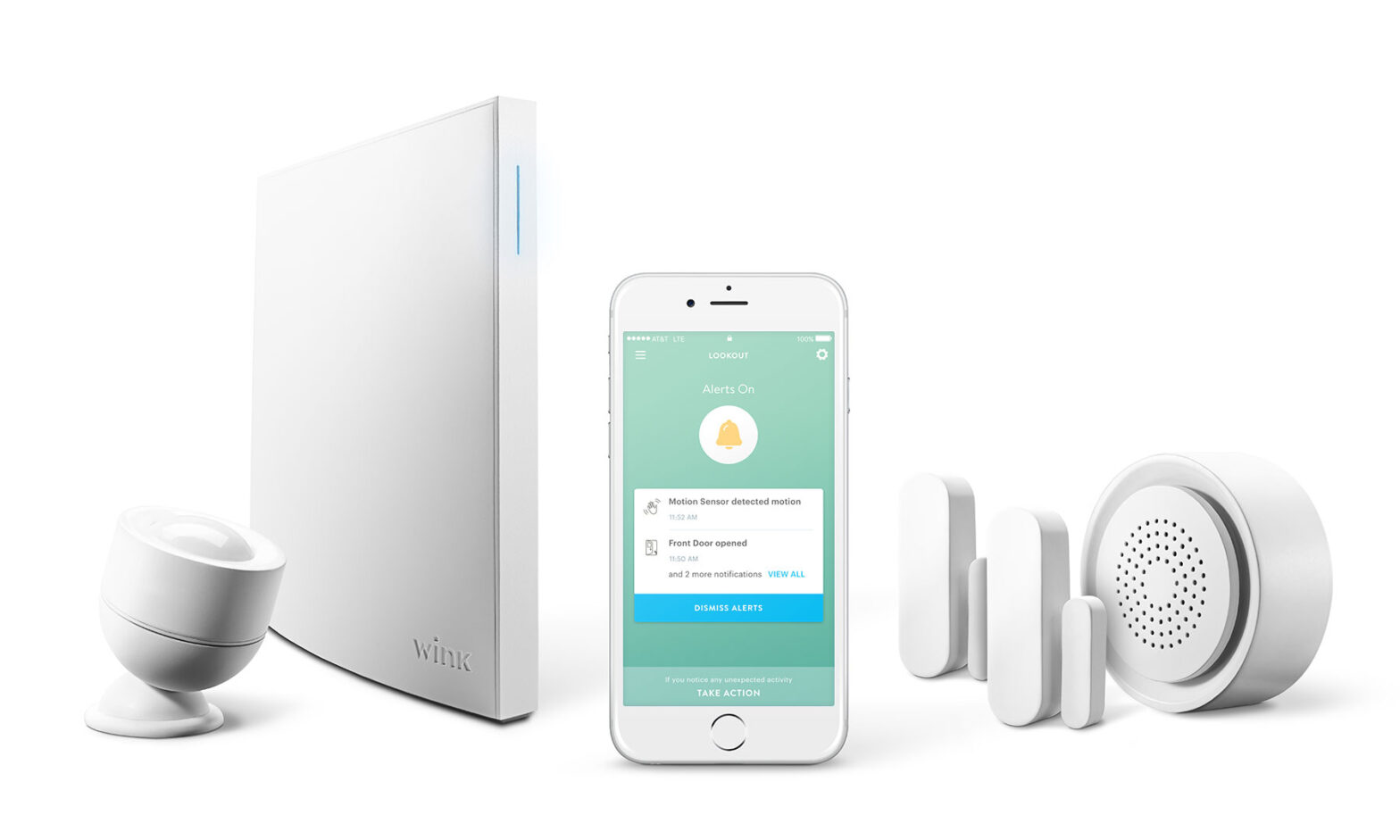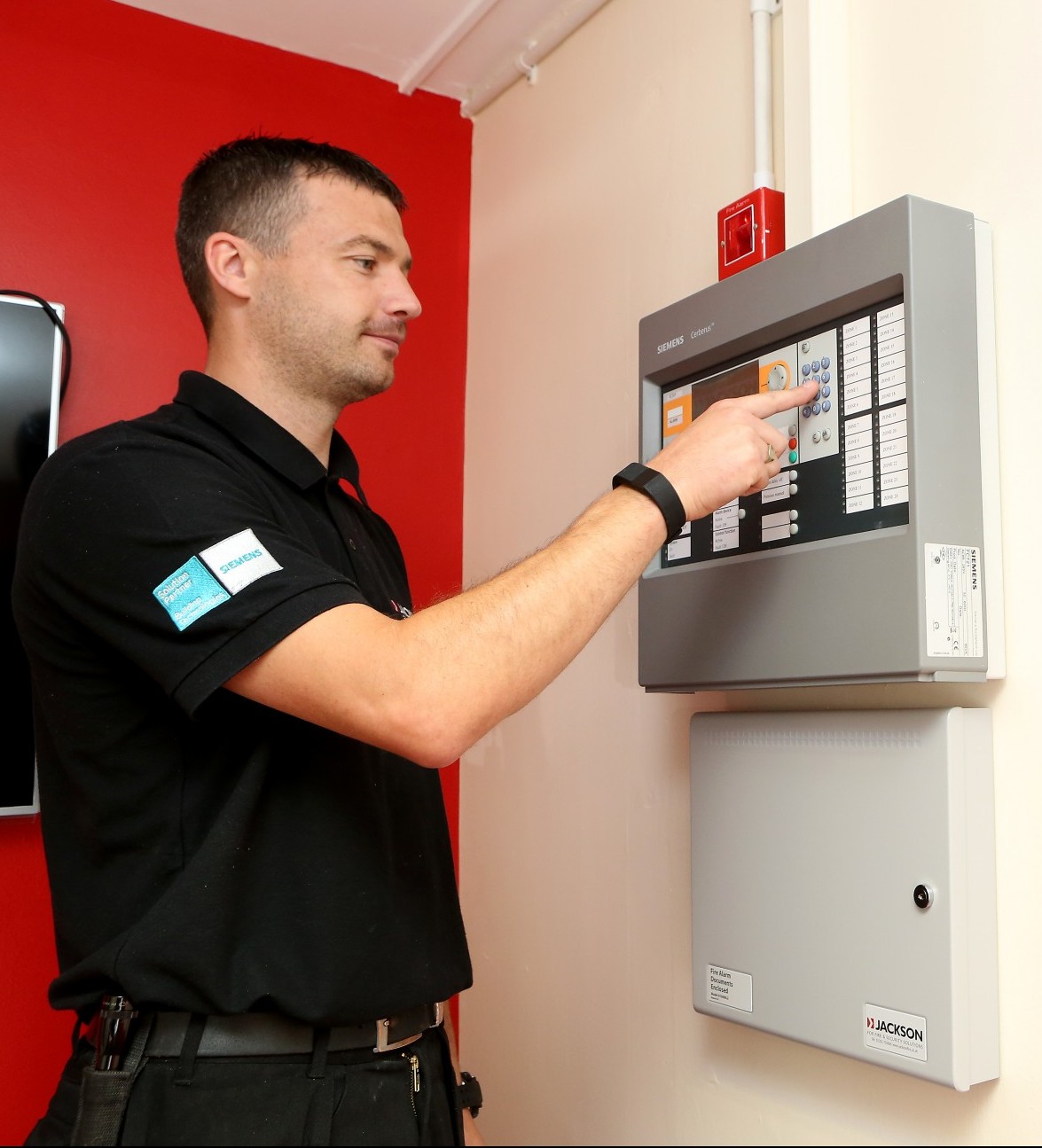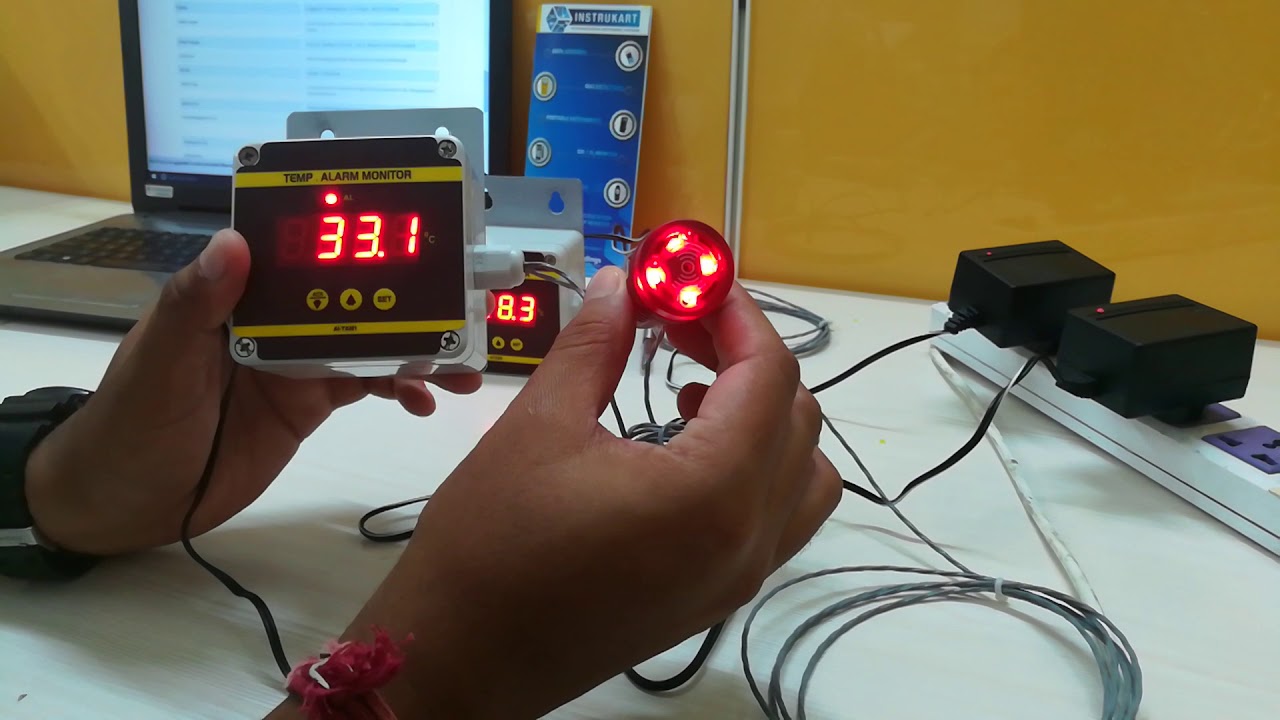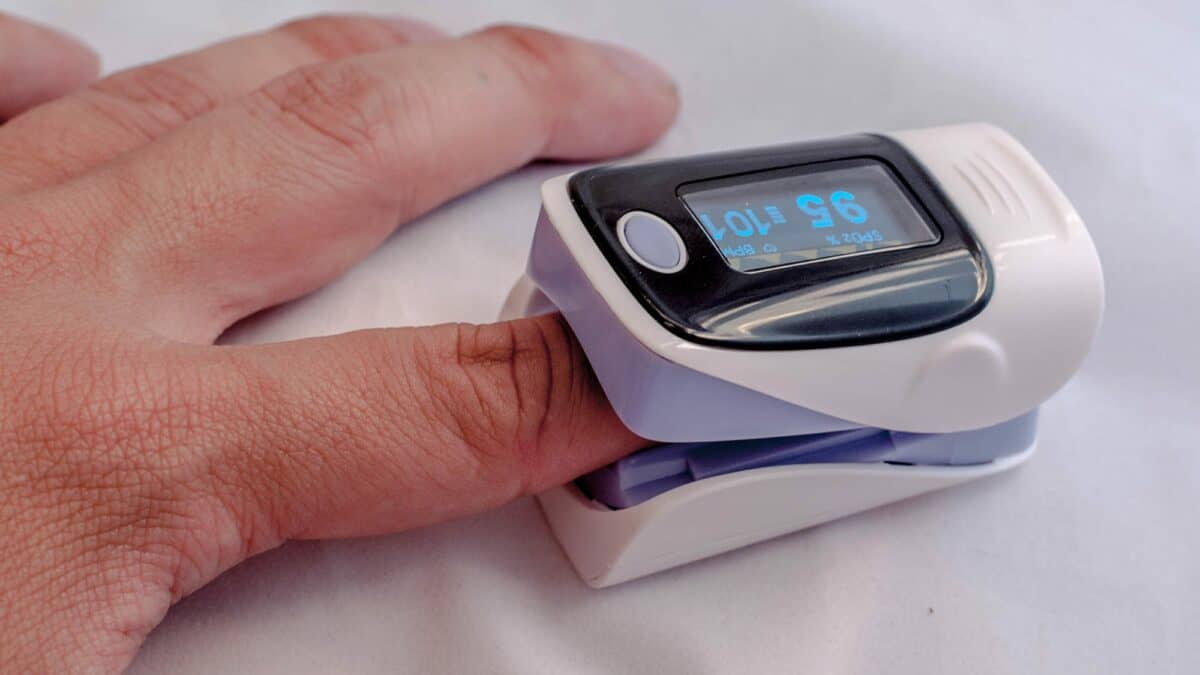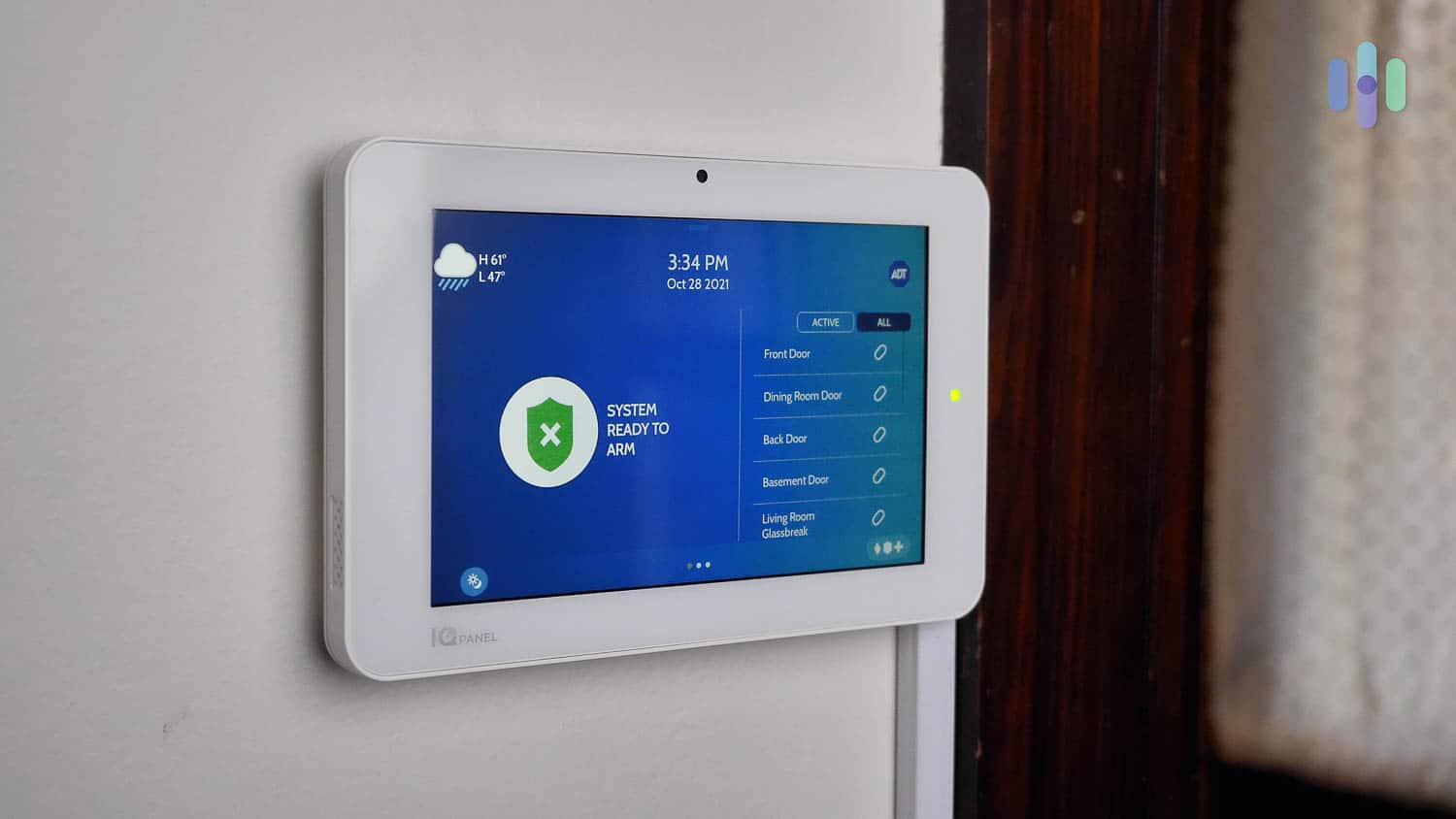Are you tired of traditional alarm monitoring services that come with long contracts and high fees? What if there was a better way to monitor your home or business? Introducing Wink Alarm Monitoring, a smart and affordable solution for keeping your property safe.
With Wink Alarm Monitoring, you can have peace of mind knowing that your home or business is being monitored 24/7 by a team of professionals. Plus, with the convenience of the Wink app, you can check on your property from anywhere, at any time.
In this blog, we’ll explore the benefits of Wink Alarm Monitoring and why it’s a great alternative to traditional alarm monitoring services. From its easy setup to its smart features, we’ll show you why Wink is the way to go for reliable and affordable alarm monitoring.
Home security is a top concern for homeowners in today’s fast-paced world. The home security industry has seen a significant shift from conventional alarm systems to smart home security solutions as technology has advanced. One such solution is Wink Alarm Monitoring, which provides homeowners with a smart, reliable, and cost-effective way to secure their homes. In this blog, we’ll examine the benefits of Wink Alarm Monitoring for homeowners, including how it can bring comfort, increased security, and an overall higher standard of living.
24/7 Monitoring
Wink Alarm Monitoring provides homeowners with 24/7 monitoring services, ensuring that their homes are always protected. Our monitoring services include a team of trained professionals who are dedicated to monitoring your home for any signs of intrusion, fire, or other emergencies. We use advanced technology to detect potential threats to your home, and our team is ready to react to any alerts and take appropriate action to keep your house safe. With our 24/7 monitoring services, you can have peace of mind knowing that your house is being monitored around the clock.
Smart Home Integration
Smart Home Integration is an important feature that allows homeowners to remotely monitor their homes using smart devices such as smartphones and tablets. With Wink Alarm Monitoring, you can easily link your smart home devices to your security system, increasing the protection and convenience of your home. By incorporating devices such as lights, thermostats, and cameras into your security system, you can build a more robust and effective security system capable of detecting and responding to potential threats instantly. When any mishaps take place, you will be notified via your phones, thus keeping you alert always.
Easy to Use
Wink Alarm Monitoring is designed to be user-friendly and easy to use for homeowners. The system can be easily installed and set up by the homeowner, and the mobile app provides a simple interface for monitoring and controlling the security system. The app allows users to arm and disarm the system, view live video feeds, receive alerts and notifications, and adjust settings. Additionally, the Wink Hub, which is the central control device for the system, is easy to navigate and can be controlled through the mobile app or with voice commands using Amazon Alexa or Google Assistant. Overall, the easy-to-use design of Wink Alarm Monitoring makes it a convenient and accessible security solution for homeowners.
Professional Installation
The Wink Alarm Monitoring system is professionally installed by trained technicians, ensuring that it’s set up correctly and functioning at its best. This means you can be confident and at peace of mind knowing that your devices had been installed properly.
Affordable Pricing
Wink Alarm Monitoring offers competitive and affordable pricing options for its monitoring services, making it accessible for homeowners who want to protect their property and loved ones without breaking the bank.
Customizable Plans
Wink Alarm Monitoring offers customizable plans that can be tailored to your specific needs and budget. This means that you can choose the level of monitoring and features that you need for your home, without paying for unnecessary extras.
Reliable Technology
Reliable Technology is a key component of any home security system, and Wink Alarm Monitoring is no exception. These security systems are built with the latest and bleeding-edge technology, thus making them reliable and quick. These technologies are so efficient and optimized, that they can detect a potential threat in no time and alert you. The team constantly monitors and keeps their eyes peeled and provides the customers with the best customer service. With Wink Alarm Monitoring, you can rest assured that your home is protected by a reliable and cutting-edge security system.
Conclusion
In conclusion, Wink Alarm Monitoring is a smart choice for homeowners looking for a reliable and easy-to-use security system. With its 24/7 monitoring, smart home integration, and reliable technology, homeowners can have peace of mind knowing their homes are secure at all times. The convenience of remote monitoring through smart devices, as well as the ability to receive alerts and notifications, further enhances the security of the home. The team at Wink Alarm Monitoring is dedicated to providing top-notch customer service and support, ensuring that homeowners feel safe and secure in their homes. With Wink Alarm Monitoring, homeowners can rest assured that their homes are protected by a trusted and reliable security system.

